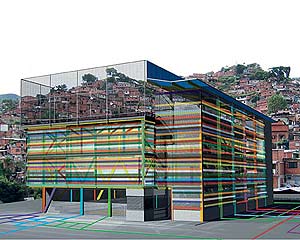Architects have embraced social responsibility longer than the media has acknowledged. In fact, an optimistic view of design’s ability to improve the world has defined great movements in the profession’s history. But only recently has activity in this field and attention from the press reached critical mass. This issue of record considers the flourishing of design with conscience—from isolated instances in the academy to an increasing trend in practice.

Why the explosion? “What may be different today is that we can no longer isolate ourselves from factors that compel ethical, more inclusive practice,” says Sergio Palleroni, who, as cofounder and director of BaSiC Initiative, now based at the University of Texas at Austin, has helped students realize desperately needed facilities for underserved communities all over the world since the late 1980s. The insight partly refers to the information technology that connects us immediately to natural disasters and political genocides. Yet global crises have not only flashed across our computer screens, but also arrived at our doorsteps. The phenomenon of do-good architecture may, in fact, reflect a critical mass of wealth bifurcation, government neglect, and environmental degradation that have propelled desperation, anger, and ultimately, the desire to help.
So while this special series investigates the people, buildings, and concepts that wed humanitarianism and architecture, there is still a nagging sense that more needs to be done. In each of the stories, we highlight the potential of conscientious design and suggest that after a decade of prosperity and self-indulgence the profession is returning to the social contract upon which architecture is founded.





Post a comment to this article
Report Abusive Comment